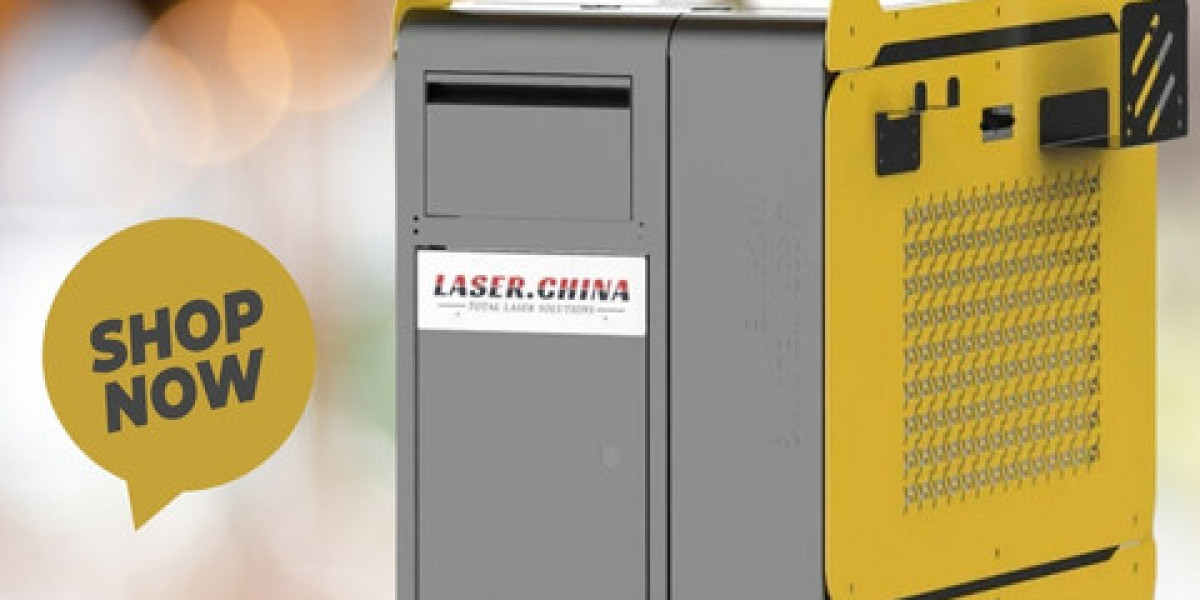Truck and Bus Tires
Truck and Bus Tires are engineered for heavy loads, durability, and long-distance performance. They require robust construction and tread compounds that resist wear under high stress. Their sales and adoption closely correlate with commercial transport activity, freight demand, and infrastructure development.
The tires that go on a commercial truck or bus are engineered for a completely different world than those on a passenger car. They are the heavy lifters of the tire industry, designed to carry immense loads, travel for hundreds of thousands of kilometers, and withstand the punishing demands of continuous commercial operation. The market for Truck and Bus Tires is a high-stakes, high-tech sector focused on durability, fuel efficiency, and, most importantly, the ability to be retreaded for multiple lives. For the entire logistics and public transport industry, these tires are not just components; they are critical business assets.
Engineered for Brutal Demands
A truck and bus tire, often referred to as a TBR (Truck and Bus Radial) tire, is fundamentally different from a car tire.
Load Capacity: Their primary job is to carry weight. A single truck tire might need to support over 4,000 kg. This requires an incredibly strong internal construction, with multiple layers of reinforced steel belts and a robust, thick sidewall.
Durability and Multiple Lives: The most important part of a TBR tire is its casing. Premium truck tires are designed from the ground up with the expectation that their casing will last for 500,000 kilometers or more and will undergo two or three retread cycles. This "multiple life" philosophy is central to the economics of the industry.
Heat Resistance: A fully loaded truck tire running at highway speeds for hours on end generates a massive amount of internal heat. The rubber compounds and construction must be able to dissipate this heat effectively to prevent catastrophic failures.
Different Jobs, Different Tires: Steer, Drive, and Trailer
Unlike a car where all four tires are often the same, commercial trucks use different types of tires for different axle positions to maximize performance and longevity.
Steer Axle Tires: These are the tires on the front axle. Their tread pattern is designed with straight, solid ribs to provide precise steering response, stability, and good water evacuation.
Drive Axle Tires: These tires are on the axles that receive power from the engine. Their tread pattern is much more aggressive, with deep grooves and large blocks (a "lug" design) to provide excellent traction for acceleration.
Trailer Axle Tires: These tires are on the free-rolling trailer axles. Their primary job is to simply carry the load. They typically have a simpler, ribbed tread pattern designed for low rolling resistance and long, even wear.
In a market like India, with its vast and varied road network, choosing the right combination of steer, drive, and trailer tires is a critical decision for every transport operator, from a single truck owner to a massive fleet.
Frequently Asked Questions (FAQ)
Q1: Why are truck tires so different from car tires? A1: They are designed for completely different purposes. Truck tires are built to carry extremely heavy loads, endure long distances, and be durable enough for their casing to be retreaded multiple times. This requires a much stronger and more robust construction than a car tire, which is optimized for comfort and handling.
Q2: What does "TBR" stand for? A2: TBR stands for Truck and Bus Radial. It's the industry term for the radial-construction tires that are standard on virtually all modern commercial trucks and buses.
Q3: Why is retreading so important for truck tires? A3: Retreading is essential because it allows a fleet to get a second or third life out of their most valuable tire asset—the casing. This dramatically lowers the fleet's overall tire cost, which is one of their biggest operating expenses.








